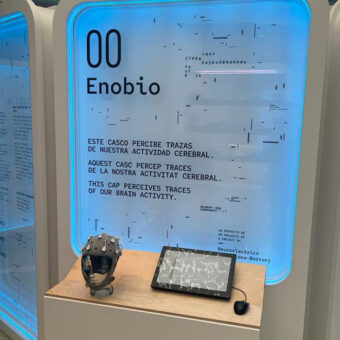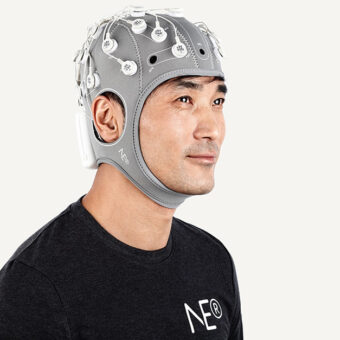Today I’m glad to introduce my colleague Anna Puig-Centelles to you. She is the author of today’s post, and very soon she will be joining the blog’s team!
Last May, Starlab and HC2, among others, sponsored a TEDxBarcelona half-day event, with 11 talks and 3 videos presenting other TED talks from past events. The theme was “The future of Technology and Society” with a special focus on human-computer confluence. The organization chose world-class speakers from different backgrounds such as Adrian Cheok (director of the Mixed Reality Lab in Singapore), Julian Savulescu (Australian philosopher and bioethicist), Thomas Metzinger (German philosopher), Paul Verschure (director of the laboratory of Synthetic Perceptive, Emotive and Cognitive Systems in Barcelona) and Patrick Haggard (professor at the Institute of Cognitive Neuroscience in London). Their talks presented interesting ideas on topics like multisensory communication, moral enhancement, mobile society and neuroscience, and included some demonstrations live on stage.
Interest was huge. More than 600 people registered for the event, which was only able to accommodate 350 due to the capacity restrictions. Nevertheless, the entire event was broadcasted via streaming so that everybody could see it live and recorded for postproduction. Videos of all talks are available from the HC2 website. These videos have received more than 4,000 visits.
A requisite of TEDx talks was that, although the contents of the talk could be scientific, all the audience had to understand the content of the talk. In this sense, talks must be transversal and for a wide public. Among the talks I would like to highlight in this blog entry the appealing talk from Patrick Haggard.
Patrick Haggard is a professor at the Institute of Cognitive Neuroscience, University College London. He has received various awards and honours for his work, including recent Research Fellowships from the Royal Society, Leverhulme Trust and Economic and Social Science Research Council. His research interests include the neural control of human action, the conscious experience of voluntary action, and the neural and psychological aspects of body representation. He is currently working in the VERE Project, which aims at dissolving the boundary between the human body and surrogate representations in immersive virtual reality and physical reality. In his talk Patrick showed how we could trick our consciousness and our sense of self and our body by doing simple experiments. One of these experiments affected the sense of proprioception, which is the ability of the brain to sense the relative position of the limbs of the body. In this sense, when you close your eyes you still have a sense of your body position and of the movements of your arms or your legs. The experiment that he described was the “Pinocchio illusion” (Lackner 1988), in which a subject could feel that his nose was growing longer. The basic idea was that the subject had to touch the tip of his/her nose while his/her biceps was electrically stimulated. As the stimulation of the muscles simulated what happens when the muscles are stretching, the illusion that the arm was moving away from the face was created. And as at the same time the subject was holding his/her own nose, the brain concluded that the nose was moving away from the face.
If you want to get a better idea about proprioception and how brain behaves, do not miss this TEDx talk.




